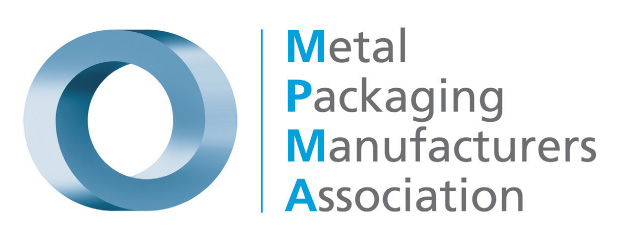PLANET METAL PERFECTLY PLACED TO MEET EPR
Metal packaging should have nothing to fear from EPR
While the chart above may look like a NASA-prepared planetary orbit sequence, please look closer because each ‘planet’ represents a different packaging material, with its size depicting the amount of tonnage placed on the market in 2021.. The height of the centre each of the spheres represents that materials 2021 recycling rate
The red arrow above denotes the current 2030 government target recycling rate for that material, working to an average 76% target recycling rate across the sector.
This is all highly relevant with regards to current EPR proposals which will inevitably see environmental pressure on packaging continue and even increase. Add to this the impact of Brexit and the UK devolved administrations independence on environmental regulation and a whole new level of complexity is added not to mention the serious risk of international and domestic regulatory divergence.
That said, current loopholes around labelling and environmental claims are being vigorously challenged and will be reduced, if not eliminated fully. Further, revised mandatory packaging labelling will highlight non-recyclable and poorly recycled packaging.
There will be greater transparency as the exporting of waste packaging will no longer be a soft option given that guarantees of recycling and recyclate reuse will be required.
And finally, as ever, changes will bring increased costs for everyone which again brings with it greater levels of scrutiny.
So, taking all this into account, it is interesting to see where the proposed EPR is likely to have most or least impact on packaging materials
|
EPR should have MOST impact on packaging materials that:
|
EPR should have LEAST impact on packaging materials that:
|
|
|
I am often asked if producers of metal packaging should be concerned about the implications of EPR.
Well, if EPR is introduced along the lines that it should be, the answer is a resounding no. That said, until we see the final version it’s impossible to say whether what should happen is what will actually happen.
EPR is designed to ensure recycling rates increase so materials are available for society to use for as long as possible and with metal being infinitely recyclable and classified as a permanent material, it is hard to imagine a stronger position for any material.
Also, thanks to foresight and years of investment, metal already has a full recycling infrastructure in place.
Metal is easy to extract from waste stream, it can be recycled from waste incinerators and product contamination and pack customisation do not does not affect its recyclability.
So, any EPR scheme administrator with a government set target of hitting a recycling rate of 76% by 2030 should, I suggest, look very favourably on metal packaging.
NB Information referred to here is correct at the time of going to press.

